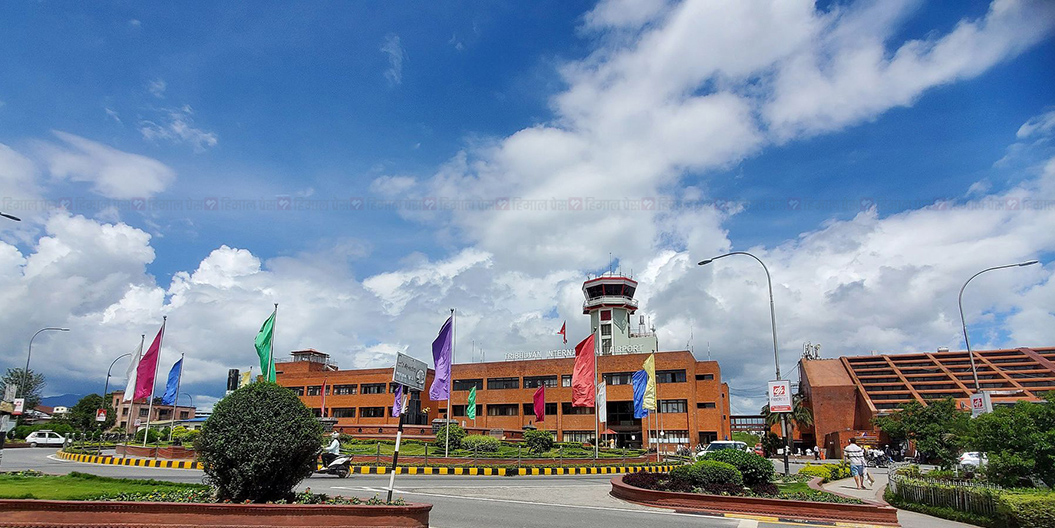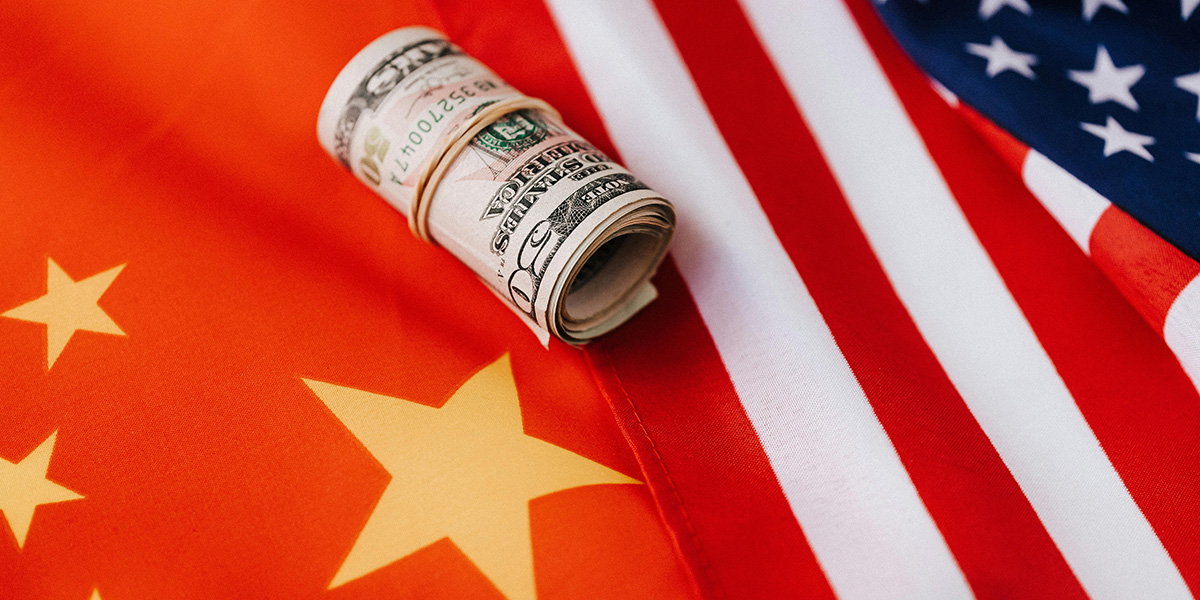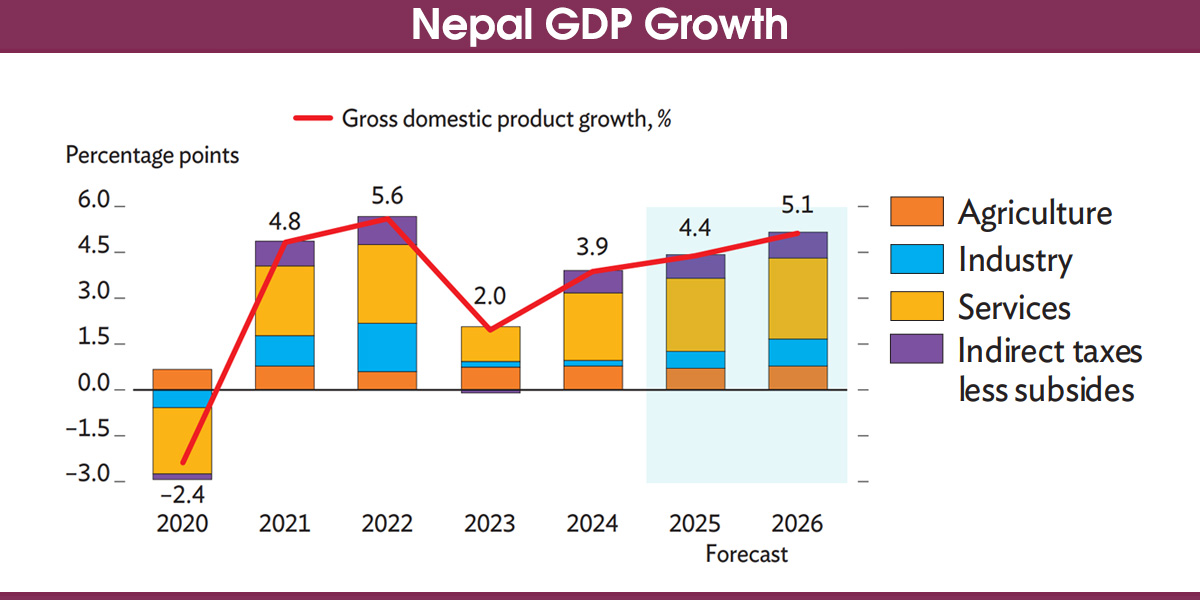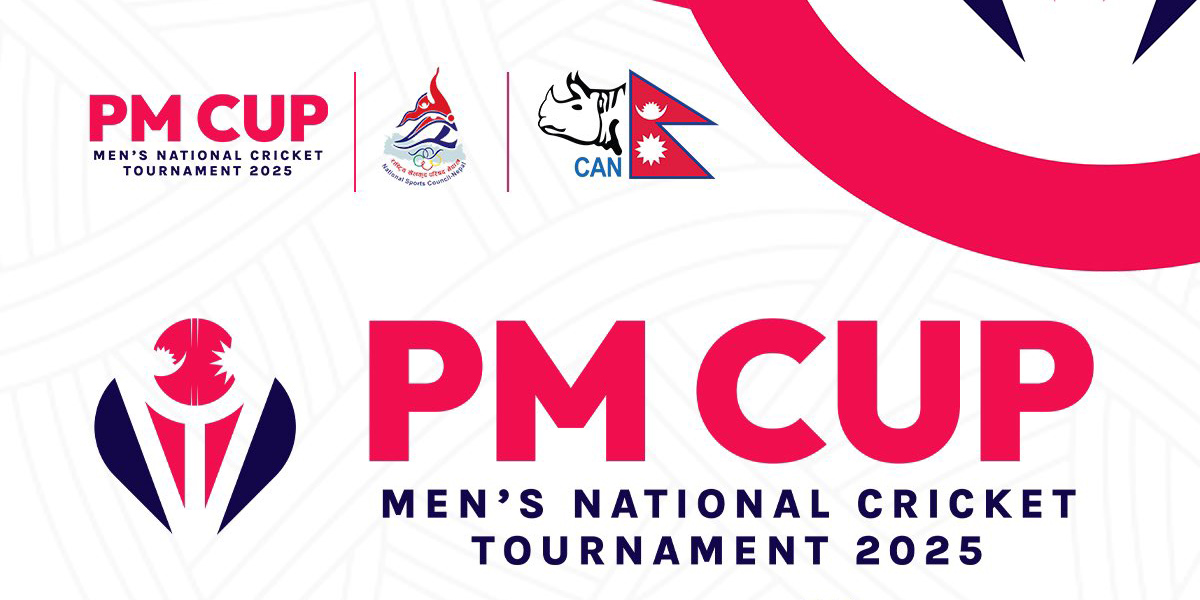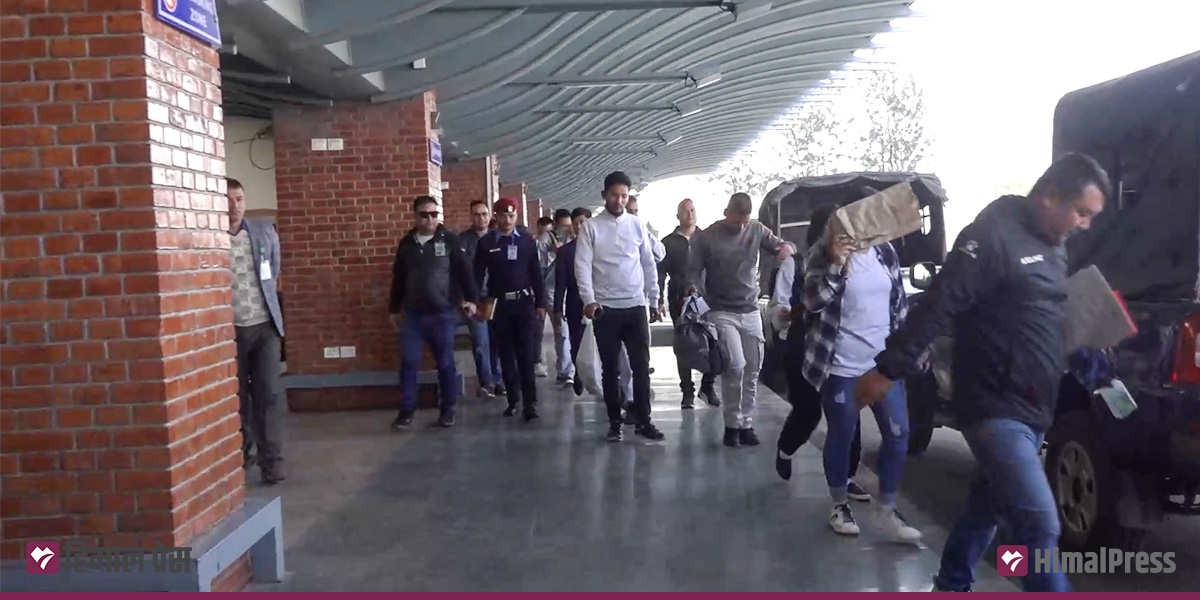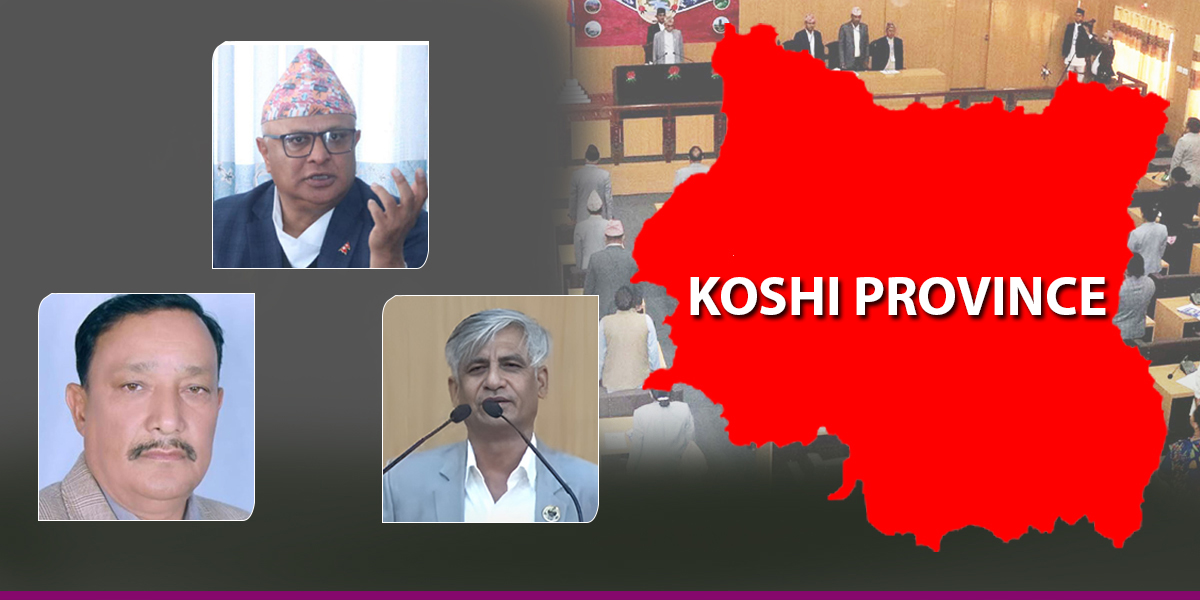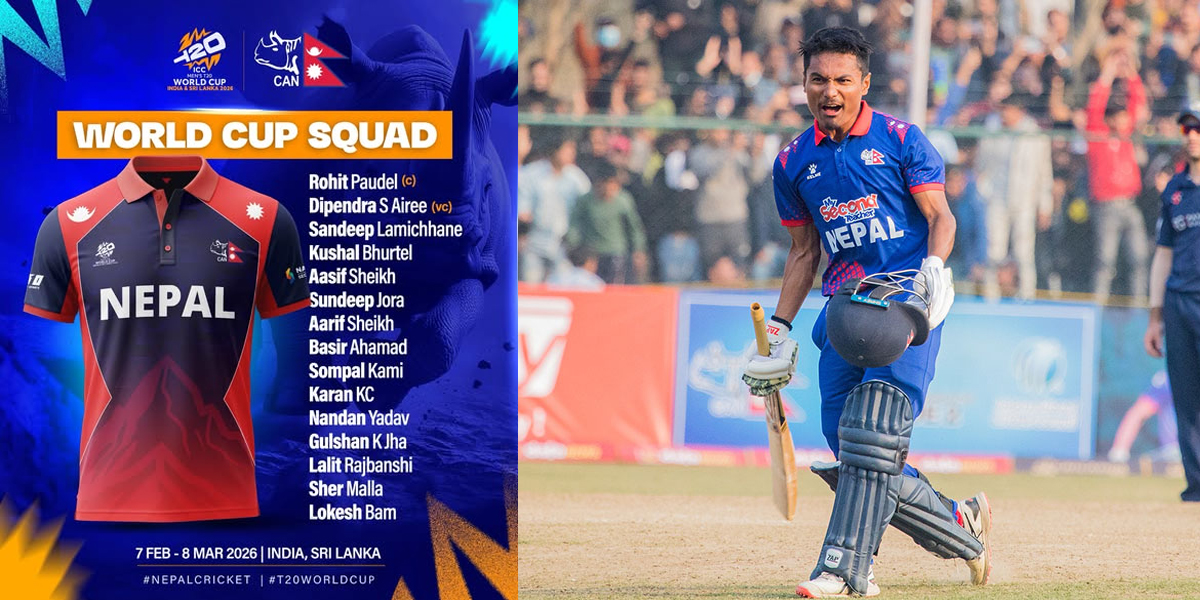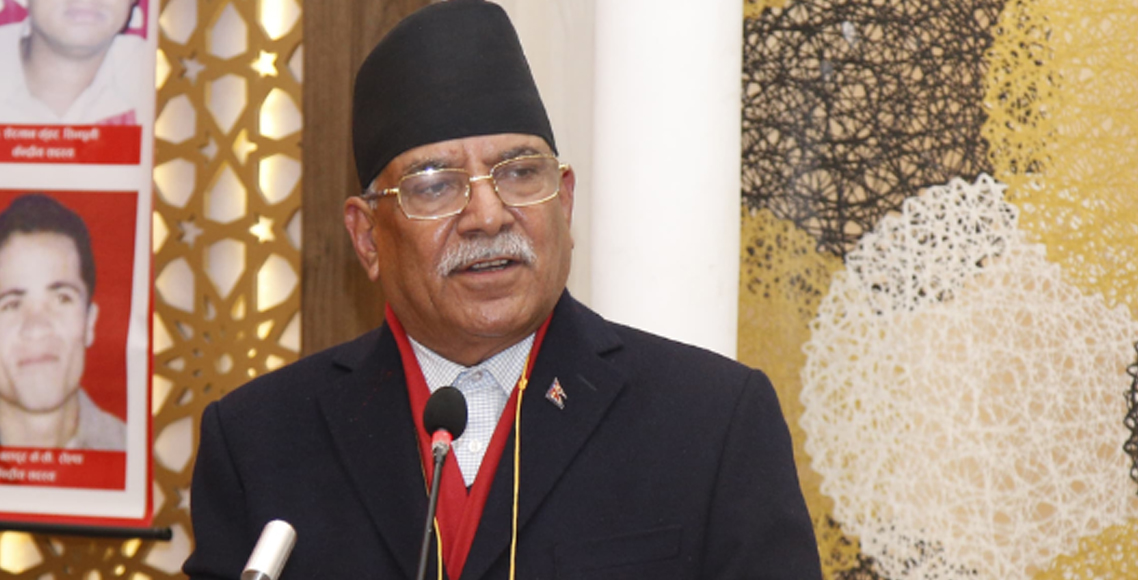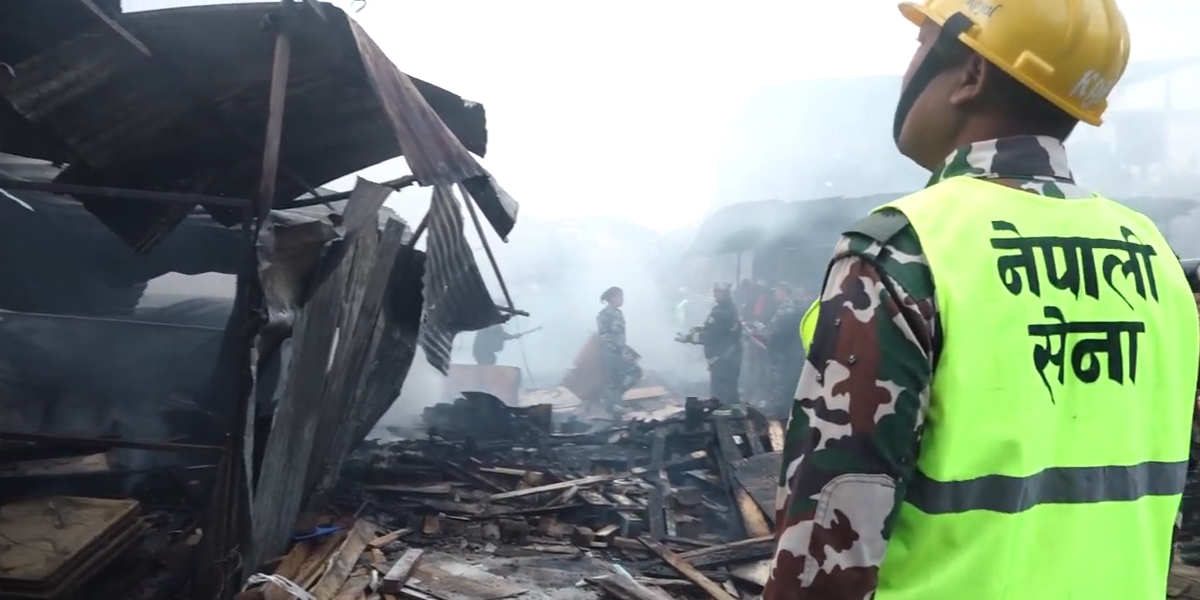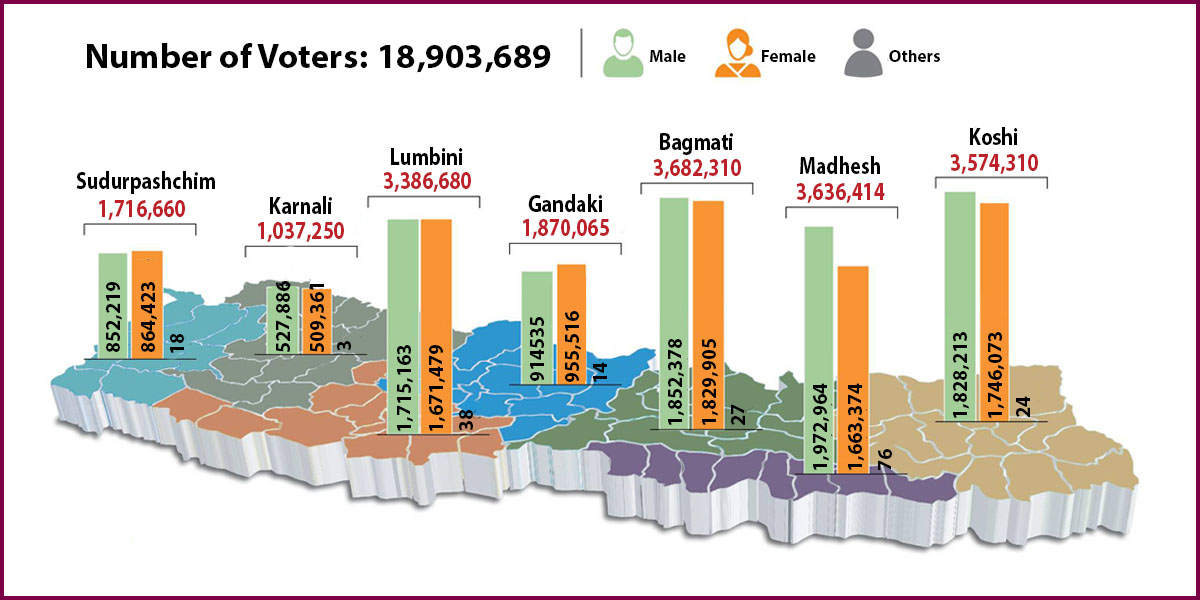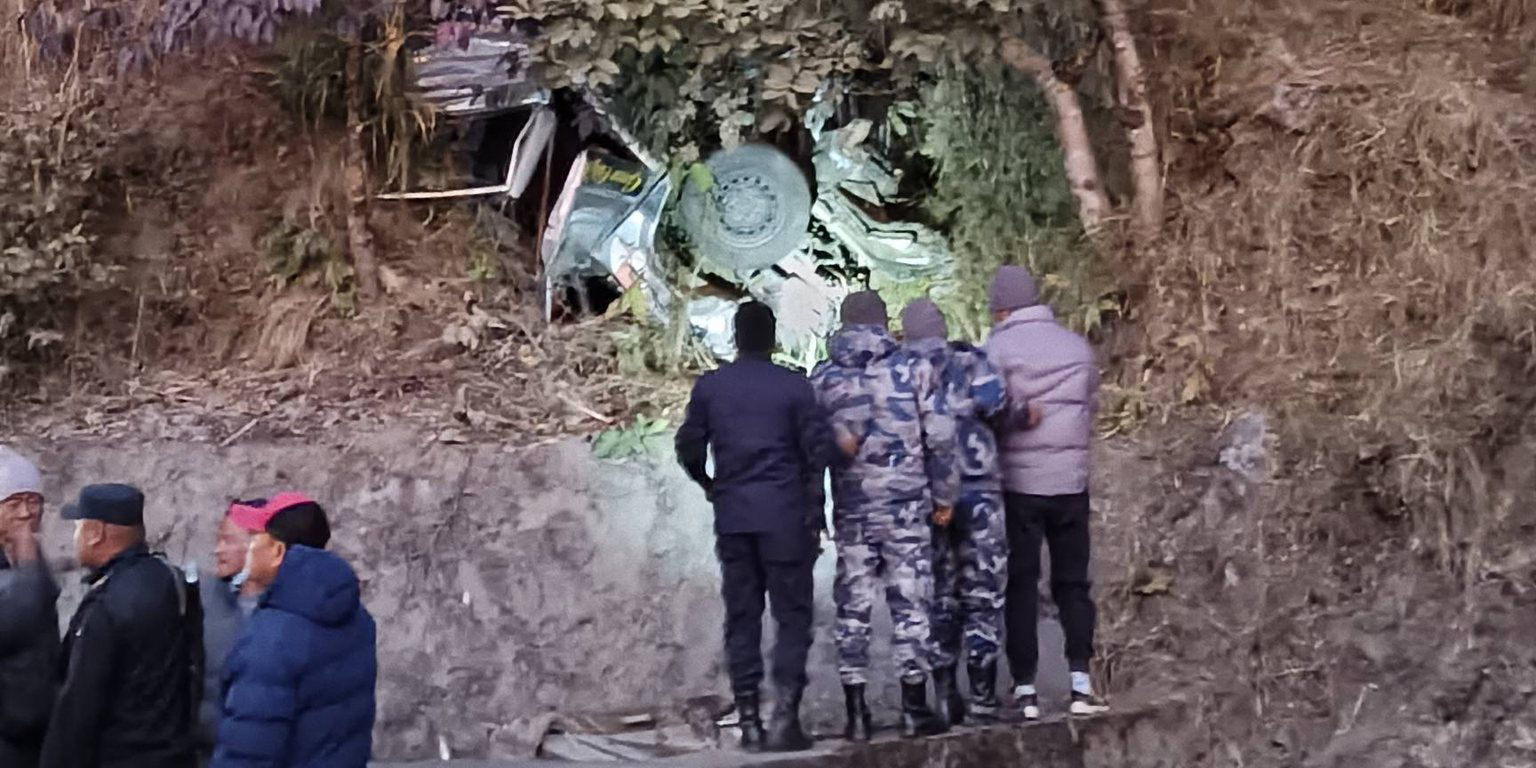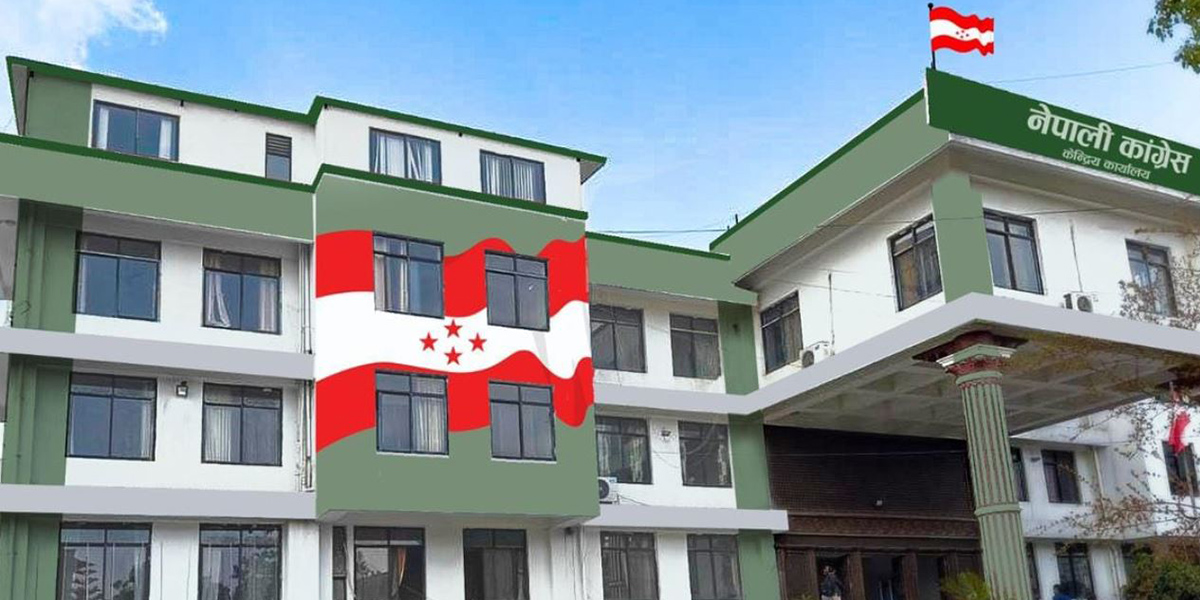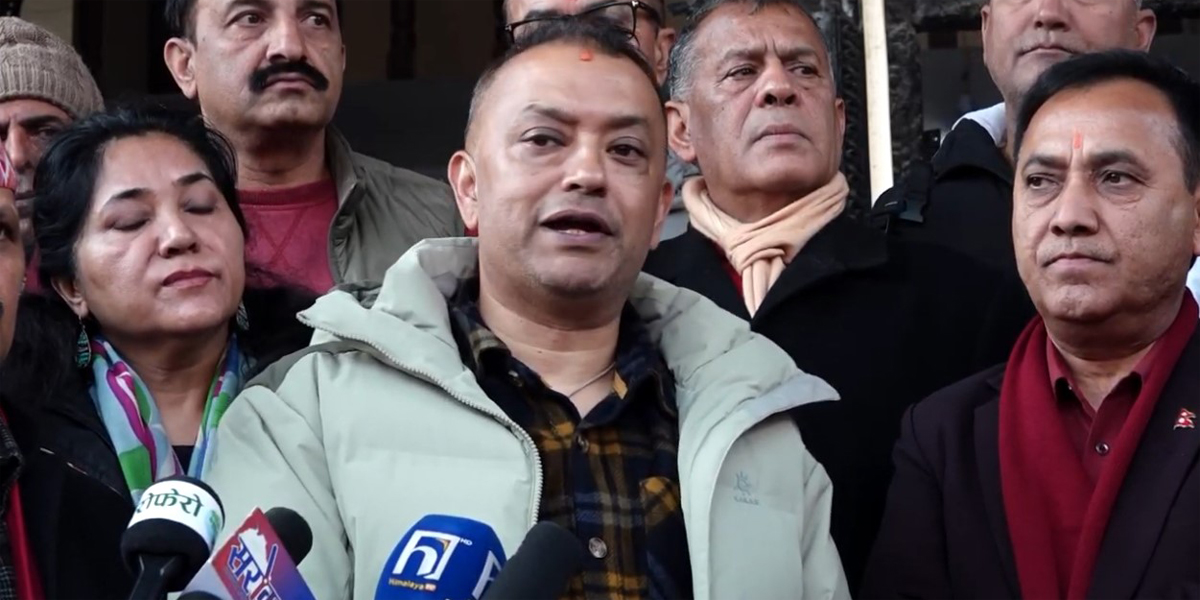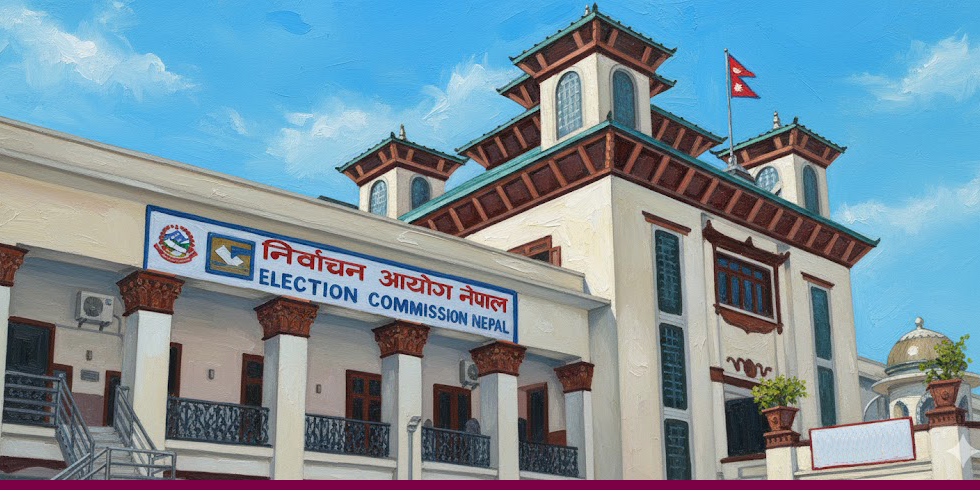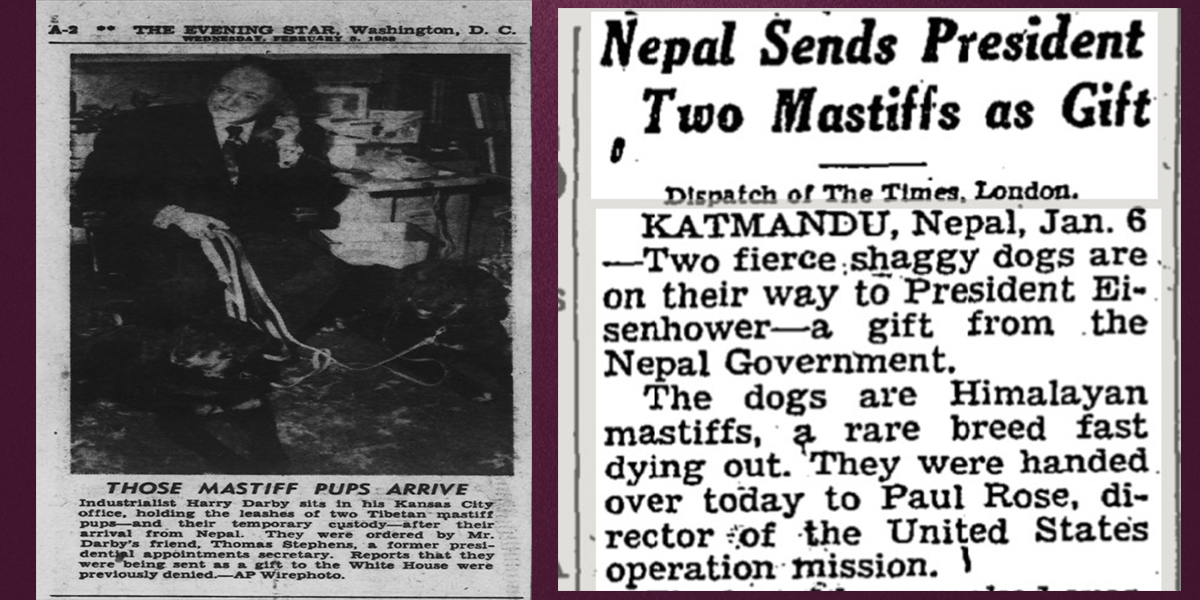
Sixty-five years ago, in 1958, Nepal presented the United States with a pair of Himalayan mastiffs as a gift. Dwight David Eisenhower was the US President at that time. Thomas Edwin Stephens played a significant role in Eisenhower’s presidential campaign preparation and campaigning.
Following Eisenhower’s inauguration on January 20, 1953, Stephens assumed the position of Appointments Secretary on the White House Staff.
This inauguration holds special significance in Nepal-US relations as that was the first time a Nepali representative attended the inauguration of a US president. At that time, Nepal’s ambassador to the UK used to oversee US affairs as a non-residential ambassador from London.
Stephens asked the US ambassador in New Delhi, Ellsworth Bunker, to find a pair of Himalayan mastiffs for him. The US didn’t have a permanent mission to Nepal at that time. Its embassy in New Delhi was designated to oversee Nepal affairs. However, a technical team of the US government was present in Nepal under the Point Four Program. This team, led by Paul Rose, had established its office at Rabi Bhawan. Likewise, although Nepal didn’t have its mission in the US, it did have a permanent mission to the United Nations in New York. Rishikesh Shah was serving as Nepal’s permanent representative to the United Nations at that time.
On the evening of September 17, 1957, Shah was stabbed and robbed in New York’s Central Park. Two days later, on September 19, the First Secretary of the American Embassy in New Delhi visited the Nepali Embassy in New Delhi to express regret on behalf of the US government for the incident. During the meeting with Bharat Raj Bhandari, the First Secretary of the Nepali Embassy in New Delhi, the duo also discussed Stephens’ letter to Ambassador Bunker regarding a pair of Nepali Himalayan mastiffs. The US official inquired about the price of the Himalayan mastiffs and how they could be delivered to the United States.
Bhandari explained that he would only be able to provide information about the availability of the dogs after receiving a response from Kathmandu. Subsequently, Bhandari informed the Ministry of Foreign Affairs in Kathmandu about the conversation with the US officials and the request for a pair of Himalayan mastiffs. In response, the then Foreign Secretary, Nar Pratap Thapa, conveyed that Nepal would be willing to provide a pair of dogs to Eisenhower at no cost if they were indeed intended for him.
The Nepali Embassy in New Delhi informed the US Embassy that the Himalayan mastiffs would be obtained from the Himalayan region, and further information would be provided subsequently. The Nepali Embassy stated that the dogs could be transported during the winter season. (Based on documents of conversation between Nepali and US missions in New Delhi).
A pair of Himalayan mastiffs, referred to as Sherpa dogs in Nepal at that time, was acquired and brought to Kathmandu. The male dog was 10 months old and weighed 66 pounds, while the female dog was eight months old and weighed 44 pounds. Foreign Secretary Nara Pratap Thapa personally handed over the dogs to Paul Rose. Subsequently, the dogs were sent to New Delhi on January 7, 1958. That was probably the first occasion Himalayan mastiffs were sent from Nepal to the United States. (The Los Angeles Times, January 8, 1958).
Douglas Heck, the political affairs officer at the US Embassy in New Delhi, received the dogs at the airport and brought them to the embassy. The dogs stayed at the embassy for approximately three weeks before they were flown to the United States via London on January 30, aboard a British Overseas Airways Corporation plane. The shipping cost was around $462. (The New York Times, January 31, 1958)
Upon arrival in the United States, the animal cargo was received in Kansas City by US industrialist Harry Darby, a friend of Stephens. Darby stated at that time that he was temporarily keeping the dogs for his friend Stephens. (The New York Times, February 5, 1958).
In the US, the male dog was named ‘Bhote,’ while the female dog was given the name ‘Kanchhi.’ Around 10 days after the canine pair reached Kansas City, Kanchhi delivered three puppies. These dogs remained under Darby’s possession. (The New York Times, February 5, 1958).
The gifting of the dogs by Nepal to the US President received coverage from various international media outlets. Both the Nepal government and international media understood that the dogs were specifically requested by President Eisenhower. Nepali officials in Kathmandu and New Delhi stated in official documents that the dogs were sent for President Eisenhower.
However, the US official in Delhi, Douglas Heck, declined to accept that the dogs were intended for President Eisenhower. Heck said the dogs were actually requested by Thomas Edwin Stephens himself. He explained that Stephens had wired the US embassy inquiring about the dogs and had expressed his willingness to bear the expenses. Some journalists even questioned White House Press Secretary James Hagerty about the dogs sent from Nepal to the US. Hagerty clarified that President Eisenhower did not request the dogs. (The New York Times, January 22, 1958, and The Kingsport Times, January 23, 1958)
While the request for the dogs was made by Thomas Edwin Stephens, Nepal sent the dogs to the US thinking that the request came from the White House. Although the dogs did not make it to the White House, they did reach Kansas City. It can be assumed that the pair of dogs gave birth to many puppies. Only a comprehensive study will tell whether the Nepali breed that reached the US 65 years ago expanded to other US states.

 Himal Press
Himal Press 